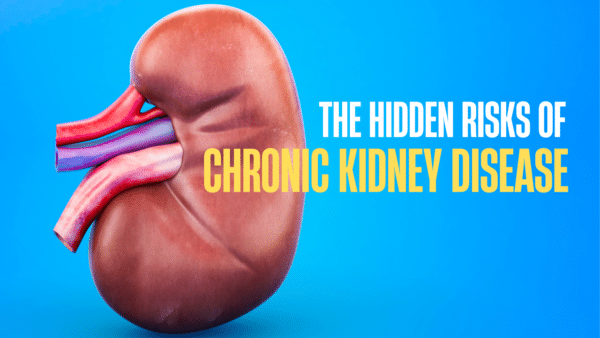Introduction to Chalazion
Chalazia, often mistaken for styes, are non-infectious blockages of the eyelids meibomian oil glands. These conditions can lead to a red, swollen bump that may initially cause discomfort but often becomes painless over time.
Recognizing the Symptoms
Early detection is vital. Individuals may notice a small, red bump on the eyelid that is tender in its initial stages. As the condition progresses, discomfort may diminish, but the presence of a noticeable lump can be a persistent symptom. In some cases, larger chalazia may exert pressure on the eye, causing blurred vision.
Identifying the Causes
Chalazion formation is primarily attributed to the obstruction of the meibomian glands due to factors such as inflammation from blepharitis, rosacea, or skin conditions like seborrheic dermatitis. Effective management of these underlying issues is crucial for prevention.
Diagnosis Techniques
Medical professionals typically diagnose a chalazion through a thorough examination, which includes a review of the patient’s health history and a detailed inspection of the eyelid area.
Effective Management Strategies
Home Remedies
- Warm Compresses: Applying warm compresses several times daily can soften the blockage, promoting drainage.
- Eyelid Massage: Gentle massage may facilitate the opening of the glands.
- Hygiene: Maintaining cleanliness, especially in eye makeup use, is essential.
Medical Interventions
Persistent chalazia may require professional treatment, including drainage or corticosteroid injections to alleviate inflammation.
Preventative Measures
Incorporating rigorous hygiene practices can reduce the risk of chalazion development. These include:
- Regular Hand Washing: Ensuring hands are clean before eye contact.
- Contact Lens Hygiene: Proper care and timely disposal of contact lenses.
- Facial Cleanliness: Daily face washing to remove impurities and makeup.
- Makeup Discipline: Disposing of outdated makeup and avoiding sharing.
Prognosis Insights
With appropriate care, a chalazion can resolve within a few weeks. However, without treatment, the healing process may extend up to six weeks. Repeat occurrences can be minimized through diligent eye care and management of contributing conditions.
Conclusion
Chalazia are manageable with the correct approach to treatment and prevention. Understanding the condition, recognizing symptoms, and adhering to hygiene practices can significantly reduce the impact on the individual’s quality of life.

